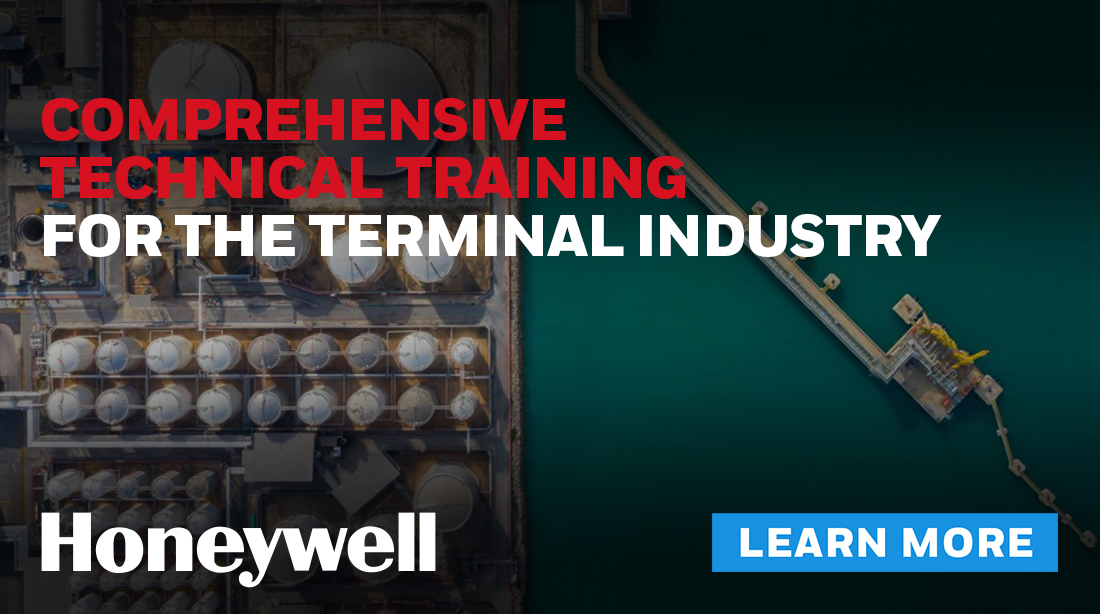Carbon capture and storage stands as a pivotal carbon dioxide abatement technique in the fight against global warming. However, the pace of its adoption begs the question: are we moving quickly enough?Presently, only about 49 million tonnes of CO2 are captured and stored annually worldwide. To meet global net-zero ambitions, CCS must escalate its scale by 100–200 times within the next three decades.
So, what’s impeding progress?
Many CCS projects falter at the final investment decision stage. Often, this boils down to project economics.
Frederik Majkut, SLB’s SVP of Carbon Solutions, elucidates that numerous CCS projects fail to meet FID due to perceived risks, financing constraints, and subpar returns. Hurdle rates, representing the minimum rate of return for investor approval, pose a significant challenge. Majkut notes that a considerable portion (50–70 percent) of project expenditure is allocated to capture costs, which erodes project returns.
Majkut underscores the imperative for technological innovation to mitigate these challenges. However, he underscores the time-consuming nature of de-risking and scaling new capture technologies.
At SLB, leveraging decades of experience in industrialising and scaling complex technologies, the company is spearheading two technology collaborations for carbon capture.
Firstly, SLB collaborates with RTI International to accelerate the industrialization and scale-up of RTI’s proprietary non-aqueous solvent technology. This innovative approach eliminates the need for costly materials while potentially reducing energy requirements by up to 30 percent.
Additionally, SLB partners with TDA Research Inc. to co-develop and scale up emerging sorbent technologies across various sectors, including power, cement, steel, and petrochemicals.
Majkut underscores the importance of proving technology at scale through pilot projects. SLB is actively involved in two such collaborations for end-user pilot projects using RTI’s and TDA’s technologies, eligible for US Department of Energy (DOE) funding.
One pilot project, set at the Wyoming Integrated Test Centre, aims to capture 158,000 metric tonnes of CO2 annually. Another collaboration, in partnership with International Paper and Amazon, targets capturing 120,000 metric tonnes of CO2 a year at International Paper’s Vicksburg Containerboard Mill.
Majkut emphasises the critical role of private-public collaborations in demonstrating the scalability of innovative technologies and de-risking larger-scale projects. Such initiatives expedite the adoption of cost-reducing carbon capture solutions, hastening the transition towards net zero.
For more information visit www.slb.com















